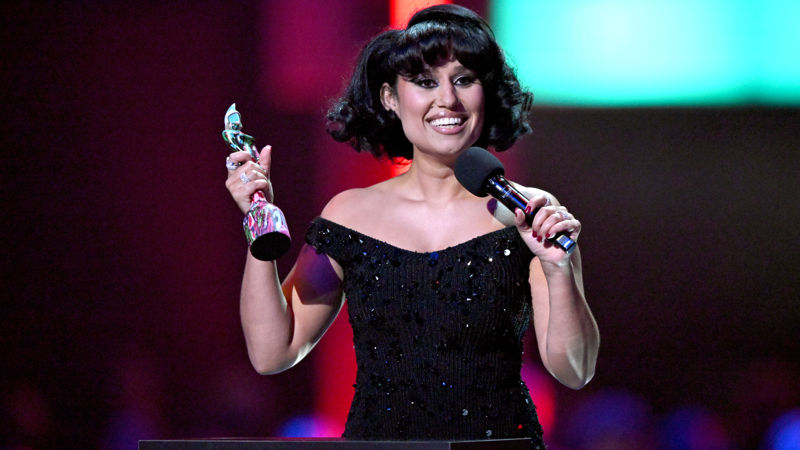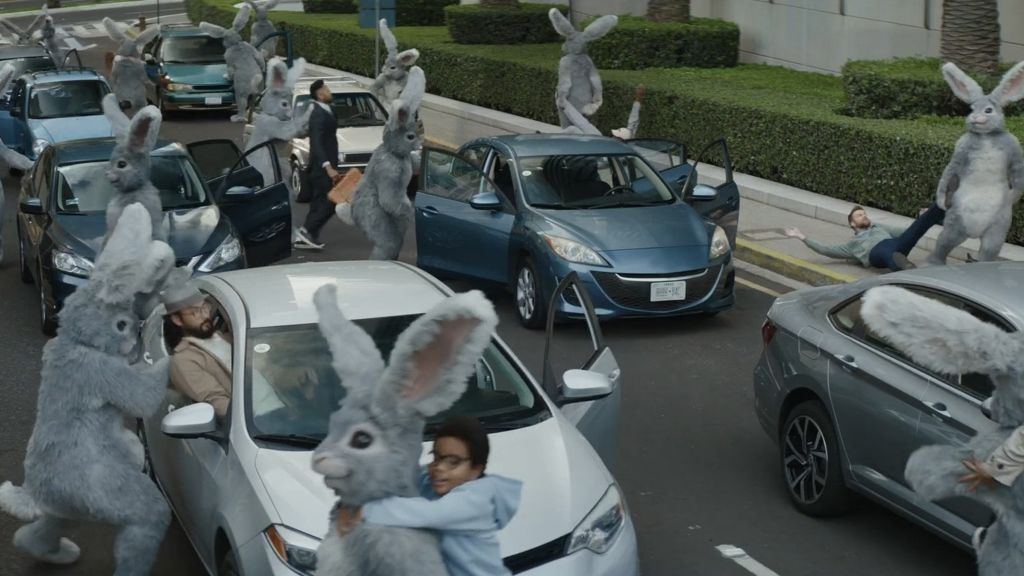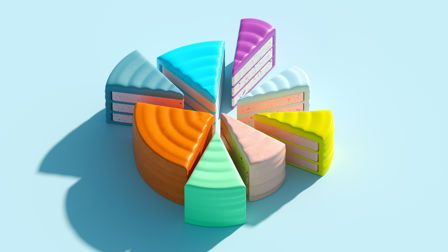Does spending millions of dollars give brands the right to write off creativity?
One week on from the Big Game, Shobha Sairam, EVP, Chief Strategy Officer at 22Squared wonders if the potential of the coveted SB brief is being squandered.
The Super Bowl is that rare platform for brands and their agencies to show off all their creativity, craft, and ingenuity to an audience who (for the most part) are actually looking forward to those ads.
But how did it all begin? The use of celebrity in Super Bowl advertising goes way back but if I were to pinpoint the exact year that the Super Bowl became the benchmark for creativity in advertising, I’d say it was 1984 when Steve Jobs, Lee Clow and Ridley Scott unveiled the future. That set the tone and the bar for big ambitious brands to bring big ambitious ideas to a captive audience.
Today, it’s a coveted brief. One that should ideally give creators license to let their imagination roam freely and without reservation. Music, celebrities, special effects, stunts, AI – they’re all for the taking and the making of something truly impossible to ignore. And yet, somewhere along the way, we seem to have lost the spark of originality. We all know the brief, we’ve all briefed the formula: celebrities, animals, babies, shock value, entertainment value and unapologetically big budgets. These ads aren’t necessarily meant to sell, but rather to entertain and be memorable. What more could a creative team ask for than the license to flex their talent so they can finally elevate advertising to be an art form that feeds culture not just commerce?
In a world where ads are blocked, skipped, avoided and detested, there still remains one last bastion where people look forward to a display of creative ingenuity in advertising.
And yet this year, for the most part, the six adults, one teenager and two dogs and I who watched the ads together were left underwhelmed and maybe even disappointed. Don’t get me wrong, there were some definite standouts: Tubi and Squarespace being two of my personal favourites, and though I didn’t want to, I must admit I did enjoy Bennifer. But for the most part, the gratuitous use of celebrities, animals, and big-budget music left people wondering if the advertisers had simply wasted their $7MM media buy. The ideas mostly relied on smug inside jokes that didn’t land, shamelessly unoriginal attempts to copy Coinbase’s QR code stunt from last year, and a lazy juxtaposition of celebrities superimposed on pre-existing content created by others.
In a world where ads are blocked, skipped, avoided and detested, there still remains one last bastion where people look forward to a display of creative ingenuity in advertising. So should we not treat this as a responsibility rather than a privilege? The bar shouldn’t be set at just making a Super Bowl spot - any Super Bowl spot which follows the formula. The bar should be set at making something truly exceptional that is worthy of the $7MM space it occupies in time.
Tubi – Rabbit Holes
Squarespace – The Singularity
Above: Tubi and Squarespace, two of Sairam's personal favourites from the evening.
The real winner in the marketing world that night was Rihanna. Not only did she slay the halftime show, she did so while brilliantly propping up her FENTY empire – from a dab of her Fenty Beauty Invisimatte Instant Setting + Blotting Powder powder to a display of her SAVAGE X FENTY gear. While other brands were busy following the Super Bowl formula and deploying cliched celebrity tropes in their ads, Rihanna showed us all how it’s done. What we saw was not just deliberate celebrity-owned product placement in her own halftime show, we saw a marketing masterplan.
The half-time performance was the culmination of a really well-designed campaign – not just a “stunt” or an “activation”. Fenty Beauty launched a makeup collection in collaboration with the NFL called Team Fenty that included 13 limited-edition items. In the days leading up to the Super Bowl, Fenty Beauty released a new line of lipsticks called “Icon Velvet” and Rihanna wore the shade “MVP” during her performance. After the halftime show, Savage x Fenty subscribers received a text from the brand to shop looks inspired by the performance.
The half-time performance was the culmination of a really well-designed campaign.
The impact of her performance on her brands speaks for itself. According to Launchmetrics, the performance helped garner $5.6million in Media Impact Value in the first 12 hours for Fenty Beauty and $2.6 million in MIV in the first 12 hours for Savage x Fenty. Fenty was mentioned on social media more than any other in-game advertiser (and there were over 50) at the Super Bowl (16432 mentions for over 180,708 engagements and more than 321 million impressions, 86% positive sentiment on Sunday). Tubi, the topmost advertiser mentioned, saw 5,546 mentions and 21,094 engagements on Sunday (sources: Ad Age and Sprout).
Searches for Fenty went up 833% after the halftime show, she gained 3-million new Instagram followers. I could regale you with dozens more facts and figures but the ultimate proof of how impactful and effective her marketing was that Twitter users coined the phrase #FentyBowl to refer to Rihanna’s halftime performance.
In an environment where the game, the ads and the halftime show are distinct pillars of the overall experience, Rihanna showed the world how the (ad) game needs to be played.

Above: Rihanna performs onstage during the Halftime Show - a "marketing masterplan". (Photo by Rob Carr/Getty Images)
So where does that leave us as an industry? Buying into a platform such as the Super Bowl is both a privilege and a responsibility, and it seems to be one that is largely getting taken for granted.
Further, it shouldn’t just be the brands and their agencies that are held to higher standards, the networks should be as well.
The power of a Super Bowl spot is that it can be so much more than a ridiculously expensive media buy.
Where is the creative quality control? Are the ideas worth $7MM dollars (I’m looking at you, Jesus) or should the networks be charging more for the privilege of running work that just doesn’t live up to the bar the audience expects - not just the industry? Creativity is subjective, but attention, interest, conversations and impact on both business and culture are all objective measures of it.
So, how can we be better next year?
- Forget the formula. Let’s rediscover the power of a truly original idea and THEN throw all the things at it that could amplify it instead of the other way around.
- Seek the magic. Let’s remember why we all do what we do. Super Bowl spots are only a badge if we make them impossible to ignore in the best way possible.
- Create the groundswell. The power of a Super Bowl spot is that it can be so much more than a ridiculously expensive media buy. Let’s think beyond the moment and create a world of experiences that fuel both culture and commerce.
Much like Rihanna did.
)
















